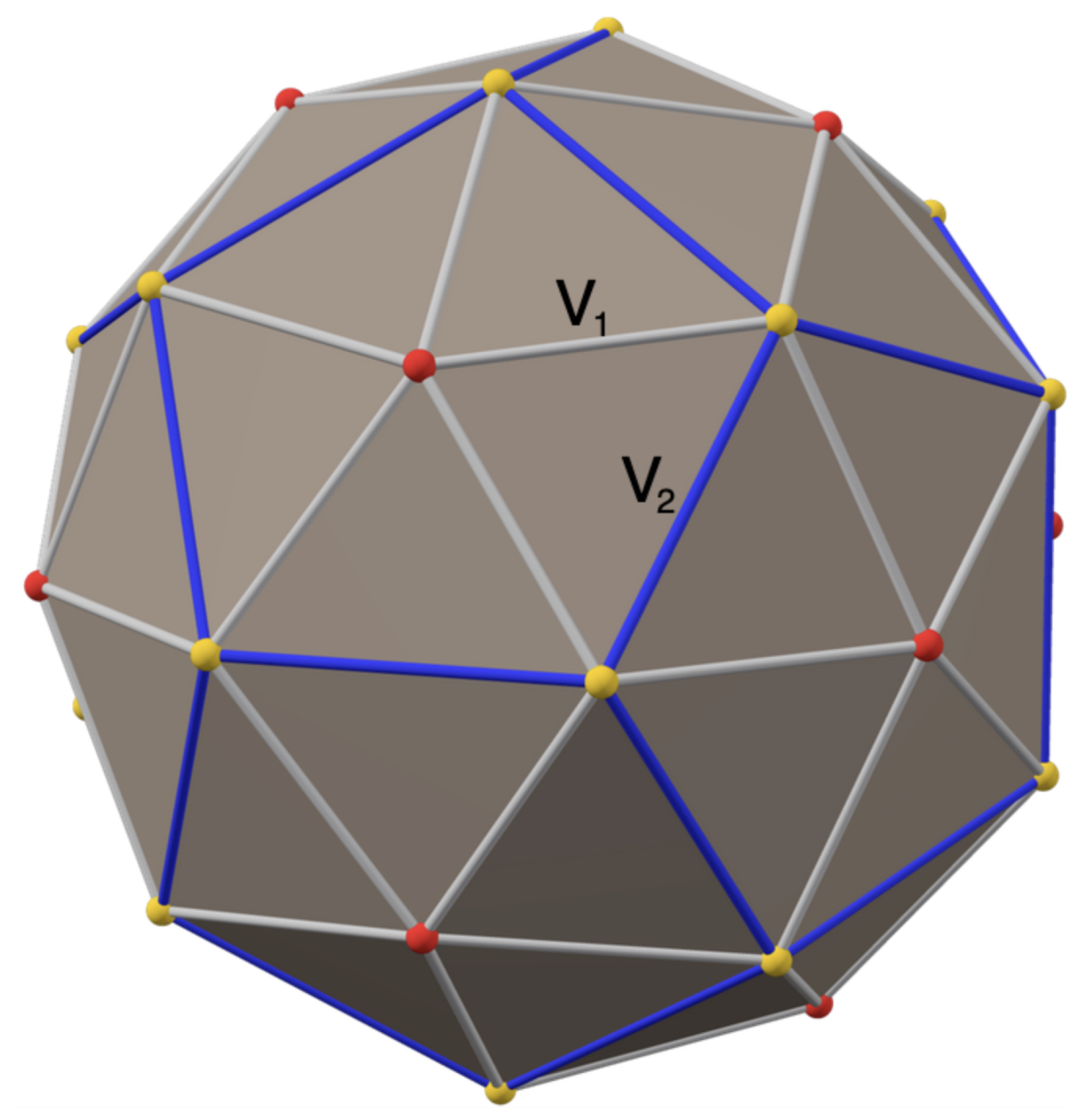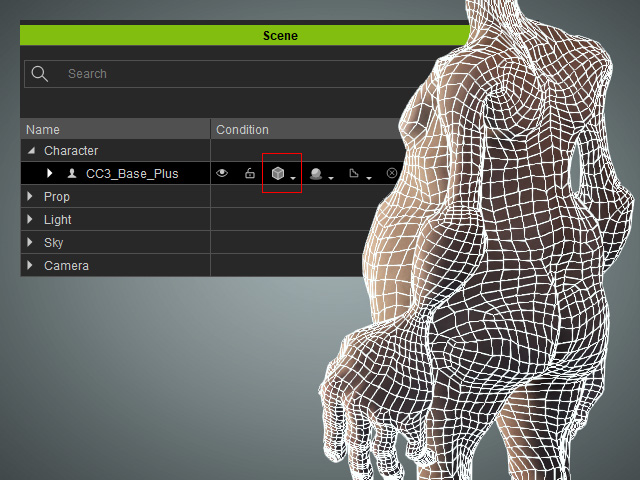Figure 1 from Polyhedral surface smoothing with simultaneous mesh

Figure 1. The top row: (a) a polyhedral sphere; (b) the sphere with a uniform noise added; (c) Laplacian smoothing develops unnatural deformations; (d) smoothing by the Taubin method converts high-frequency surface oscillations into low-frequency waves; (e) smoothing by the mean curvature ow increases the mesh irregularity; (f) smoothing according to a method proposed in this paper, see Section 3. The bottom row: (a) the Stanford bunny; (b) the bunny with a uniform noise added; (c) Laplacian smoothing with a number of iterations chosen to achieve `a good looking' result: extra iterations will lead to oversmoothing; (d) Taubin smoothing reduces high-frequency surface oscillations but enhances low-frequency oscillations: extra iterations will lead to enhancing of surface wrinkles; (e) smoothing by the mean curvature ow with a number of iterations chosen to achieve `a good looking' result: extra iterations will lead to oversmoothing; (f) smoothing according to a method proposed in this paper: the smoothing process slows down automatically and extra iterations will produce almost the same appearance, see Section 4. - "Polyhedral surface smoothing with simultaneous mesh regularization"

Unstructured non-smooth hexahedral mesh (left picture) and polyhedral

PDF] Polyhedral surface smoothing with simultaneous mesh regularization

PDF) Polyhedral surface smoothing with simultaneous mesh regularization

Extraction of the surface mesh takes part in two steps: (a) the surface

Figure 3 from Polyhedral Mesh Generation and A Treatise on Concave Geometrical Edges

Applied Sciences, Free Full-Text

Figure 1 from Polyhedral surface smoothing with simultaneous mesh regularization

PDF) A new feature-preserving mesh-smoothing algorithm

A novel geometry image to accurately represent a surface by preserving mesh topology

Even if the input mesh is strongly regular it is quite easy to arrive
)








